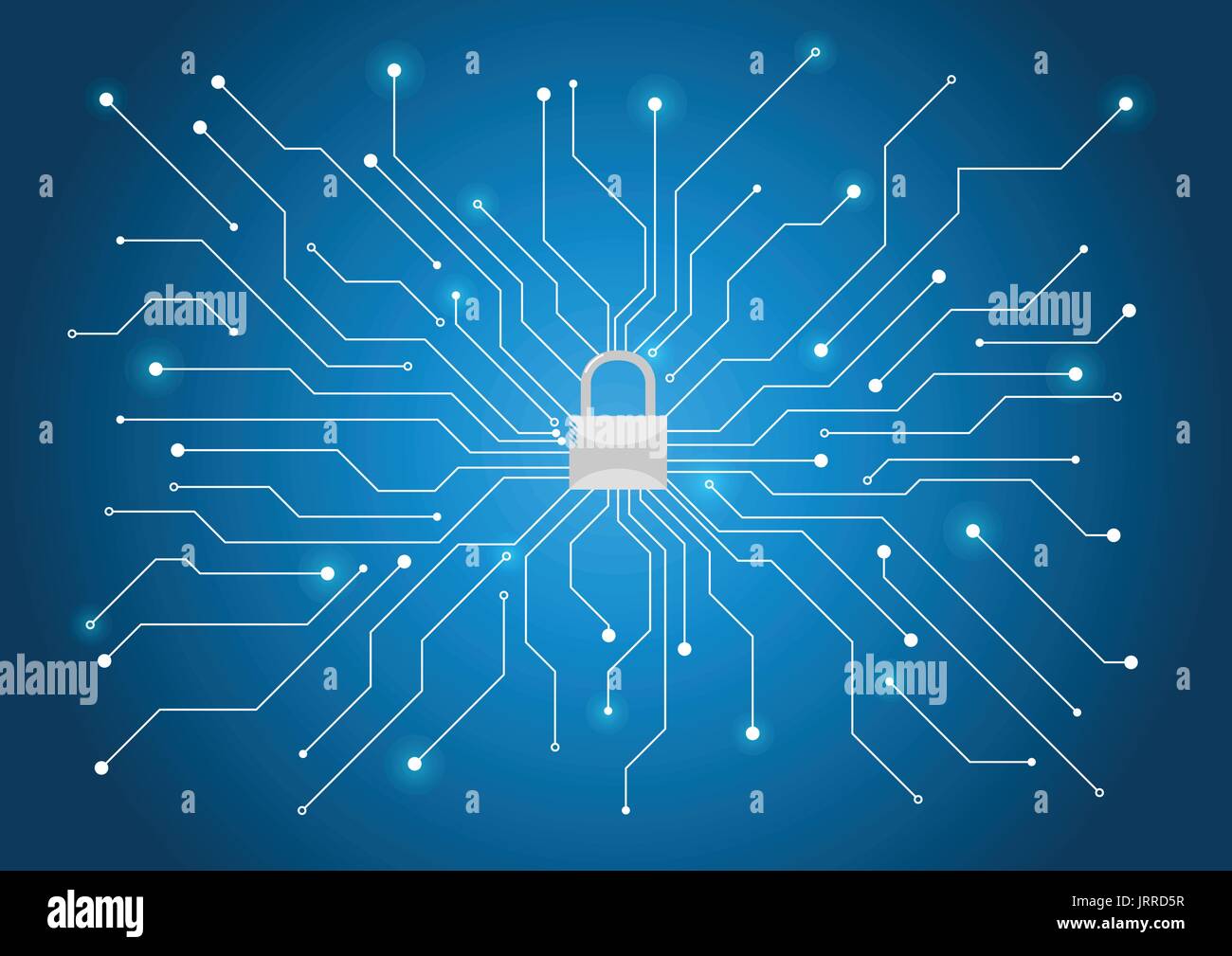Establishing a Cybersecurity Culture: Tactics for Effective Implementation
Establishing a Cybersecurity Culture: Tactics for Effective Implementation
Blog Article

In the modern digital environment, where information is more accessible than ever, establishing a robust cybersecurity culture across organizations is vital to defending confidential information and preserving confidence. With cybersecurity threats continuously changing, it is crucial for businesses to simply invest in state-of-the-art technology but also develop an ecosystem where all employees understands the importance of cybersecurity. A robust culture can substantially lessen risks and encourage staff to take proactive measures in defending their organization's assets.
Building a cybersecurity culture requires a multifaceted approach that includes awareness, dialogue, and participation at all levels of the organization. It is more than the responsibility of the IT department; rather, each person in the organization has a part to contribute in fostering this culture. By implementing planned actions that raise awareness and encourage responsible digital behavior, organizations can transform their workforce into a single entity against cyber threats. The following strategies provide a framework for effectively creating a cybersecurity culture that meets the challenges of today's interconnected world.
Understanding Cyber Security Risks
Cybersecurity dangers are threats that can compromise the secrecy, integrity, and availability of data and infrastructures. These threats can emerge from multiple sources including threat agents, errors, and technological vulnerabilities. The growing dependence on digital tools and the web has expanded the exposure, making institutions more vulnerable to cyber attacks. A strong understanding of these threats is vital for organizations seeking to establish a holistic cybersecurity culture.
Malicious actors such as online offenders utilize multiple techniques to manipulate flaws in infrastructures and systems. These techniques include phishing attacks, which coerce individuals into disclosing personal data, and hostageware, which locks files and demands payment for their decryption. Companies must be cognizant of these potential threats and the reasons behind them. Educating employees about these risks can significantly lower the probability of effective breaches.
In addition to outside threats, organizations must also deal with internal vulnerabilities. Human error is one of the leading causes of cybersecurity issues. Failing to to follow proper procedures or overlooking cybersecurity practices can lead to data breaches and gaps. By promoting a environment that emphasizes cybersecurity awareness and responsibility, organizations can reduce these threats. This includes consistent training and transparent communication about risks and optimal approaches.
Fostering Workforce Engagement
Engaging your workforce is crucial in building a vibrant security culture. One impactful method is to establish an transparent environment where staff feel comfortable sharing their feedback and perspectives related to cybersecurity. Frequently scheduled meetings can serve as venues for discussions, allowing team members to express their concerns, propose solutions, and share successful strategies. This can also enhance knowledge but also cultivate a sense of ownership in the organization's security efforts.
Adding gamification elements can boost engagement further. By implementing casual competitions related to cybersecurity knowledge and practices, you can inspire employees to participate actively. For instance, organizing assessments or exercises that evaluate their skills to spot phishing attempts can render learning engaging while enhancing vital skills. These fun methods foster participation and can result in a knowledgeable workforce.
Recognition and rewards play a important role in maintaining team engagement. Recognizing progress such as completing development courses or successfully recognizing cybersecurity threats nurtures a positive reward culture. Acknowledging personal and collective achievements not only enhances morale but also emphasizes the value of each member’s role in defending against cyber threats. This practice can strengthen the engagement to ensuring a proactive security posture across the organization.
Creating Effective Training Initiatives
Fostering a cybersecurity environment throughout an enterprise starts with effective instruction programs which engage staff and equip them by providing the skills they must have to identify and handle to cyber threats. These programs ought to be adapted to the unique demands of the organization, taking into account aspects such as the sector, scale, and existing cybersecurity measures. Engaging learning courses, including simulations and practical scenarios, can aid employees understand the value of security measures and understand their part in safeguarding confidential assets.
Cybersecurity Program
Frequent training sessions are encouraged to not be a single occurrence but rather an ongoing activity that changes to the dynamic online landscape. Companies should establish a calendar for update courses and updates to make sure staff informed about new threats and best practices. Providing resources, including newsletters, videos, and infographics, can enhance learning and maintain that cybersecurity is a constant focus within the organization. Promoting honest conversations about cybersecurity concerns can also foster a collaborative environment where employees are at ease sharing issues and raising inquiries.
Moreover, evaluating the impact of educational programs is crucial to verify they fulfill their objectives. Organizations can assess staff's grasp through quizzes, feedback forms, and practical tests. Monitoring cases of security breaches or close calls can also provide critical understanding into the course's success. By improving educational initiatives, organizations can develop a strong cybersecurity culture that empowers staff to serve as the first line of defense against potential dangers.
Report this page